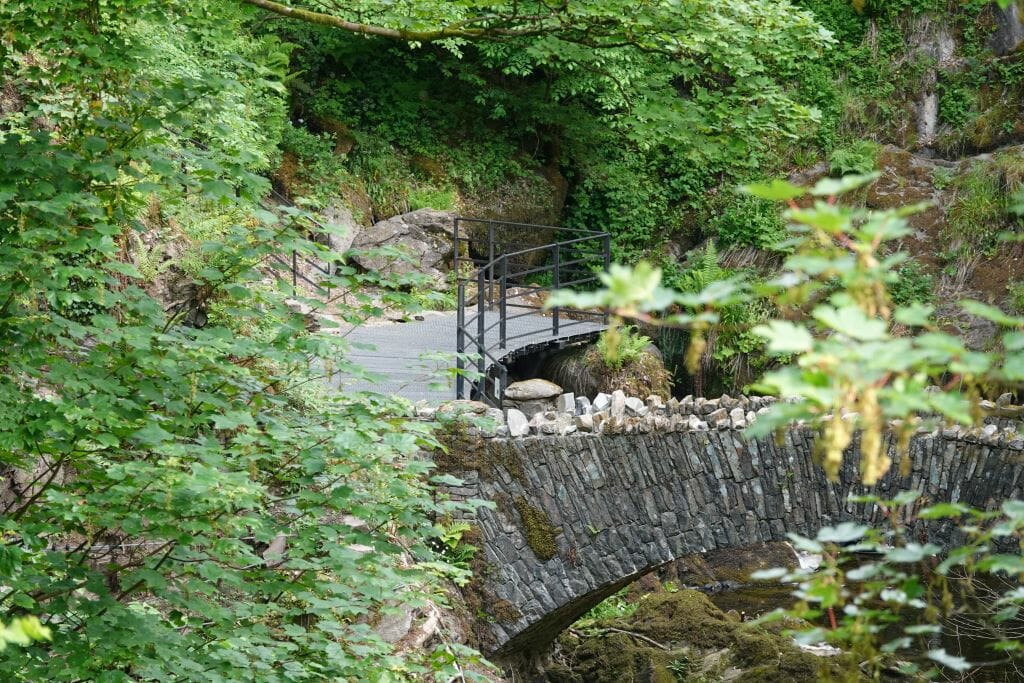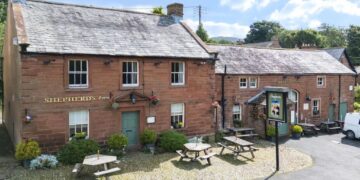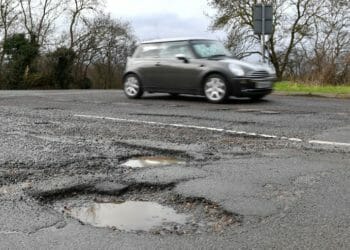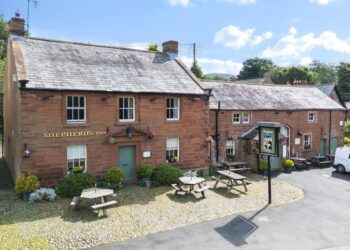
New walkways and a viewing point to help visitors make the most of a trip to Aira Force in Ullswater have opened.
The new steel walkways replace an existing viewing area and footpath which was unstable and unsuitable for long term use.
The platforms are cantilevered out over the river gorge to provide inspiring views of the river and waterfall, said the National Trust, which was behind the two-year project to install them.
It said: “The new walkways are intended to help visitors access the falls at their best, year-round. Steel has been chosen to increase safety and accessibility, especially in the winter months when the famous falls can be at their most spectacular, the narrow profile of steel helping to reduce visual impact.
“The original walkways at Aira Force were in spindly wooden form, and stone bridges were added to ease access in the early 20th century, after the National Trust had acquired the site.
“While the new walkways follow the existing routes, they allow more space to linger, admire the view and take a selfie as well as providing thrilling glimpses downwards into the gorge.”
The project came about as a long-term solution for an unstable section of footpath on the east side of Aira Beck and issues with standing water, crumbling mortar and icing in the winter on the lower viewing platform at the base of Aira Force falls.
National Trust’s project manager Charlotte Fuke said: “Over the last few years, we have made several attempts to stabilise this section of footpath without much success. We’re delighted with the outcome of this project, it’s an innovative solution to a persistent problem. It recreates the drama that Victorian thrill-seekers sought out here many years ago and ensures year-round safe access for visitors into the future.”
The National Trust estimates that Aira Force now receives over 350,000 visitors each year and with such high footfall in the historic designed landscape it takes a significant ongoing programme of maintenance work to keep the network of footpaths safe and accessible.
The project has been part funded by a grant from The European Agricultural Fund for Rural Development. The remaining amount, about 45 per cent, has been covered by funds that the National Trust has been gifted through legacy donations and fundraising.































